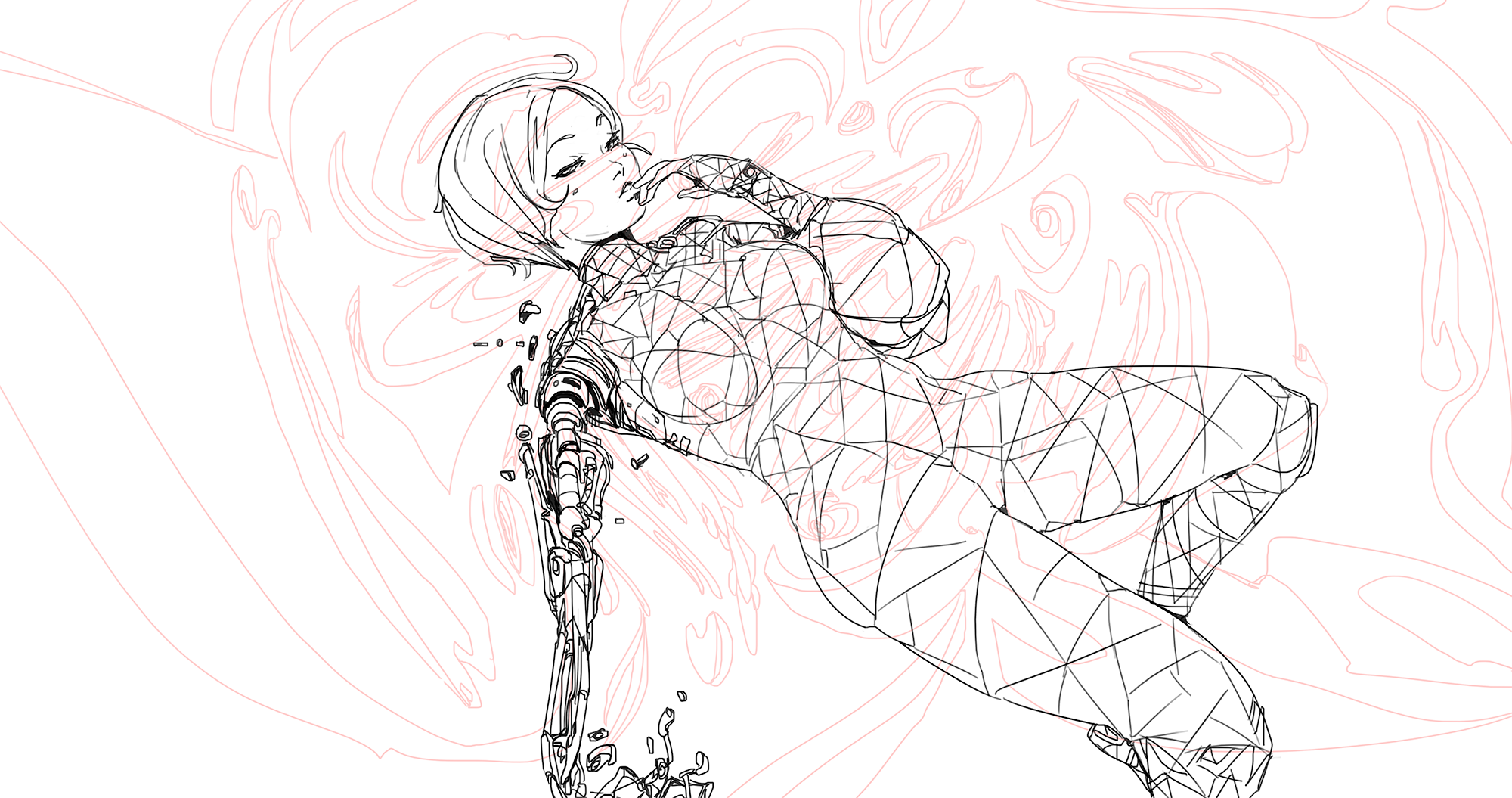Do this ONE THING every day to Get Better at Drawing...(Quick read!)
Learn a lot about a little.
I’ve said this this before on my youtube channel, but allow me to explain.
When learning to draw, people often hop from subject-to-subject, gathering smatterings of width with very little depth.
I’ll be honest, it’s something I’ve fallen into numerous times. running all over the map in terms of what I’m trying to learn and for how long. Drawing a tree, then drawing a figure, then drawing a scene, etc…
It’s just a scattershot approach that will leave you disappointed in the short run, which means you won’t practice as frequently in the long run.
A Better Approach
Instead of throwing yourself into the act of practice without a plan, why don’t you set up some measurements and objectives? This is the easiest way to win more drawing abilities.
This might look like:
I’m going to draw 100 trees, and focus on doing so predominantly with line.
or
I’m going to draw 99 trees, and focus on doing so primarily with form.
or
I’m going to draw 100 trees, focusing primarily on shape.
I guarantee you that after the 10th tree, you’ll be able to stop and evaluate your progress more clearly. It’s a much simpler equation.
If you want the opposite example, try to compare the cars you drew to the figures, or the buildings to the mountains— The proverbial “apples to oranges.” mistake. It works on ONE picture plane (an illustration, for example.) But not so well when going through the quantity necessary to improve at a given subject.
I once heard Sadghuru say there’s no substitute for clarity, and that sums things up beautifully.
Conclusion
Doing too much is often a result of wanting to get better quite badly, but hacking it due to over-emotionality and lack of planning.
There’s a little time for R&D, or for experimentation, but keep it to 5%-10% of your time spent, and allot the rest for focused, deliberate, measured, and consistent practice.
Learn a lot about a little.
Have clear measurements and objectives.
Look at boredom or repetition as a sign of growth, and not as an alarm that you should jump quickly to the next thing.
Stuck?
If you’re not sure what to work on, I created the Beginner Drawing Course to give you an overview on many of the timeless fundamentals that master artists spend their lives developing.
Things like perspective, reference, line theory, value theory, etc…
yes, the course is a broad overview of those subjects with its assignments, but once you’re aware of all the fundamentals, you can use them as viable tools to parse and practice more efficiently.
Happy Drawing,
-T


